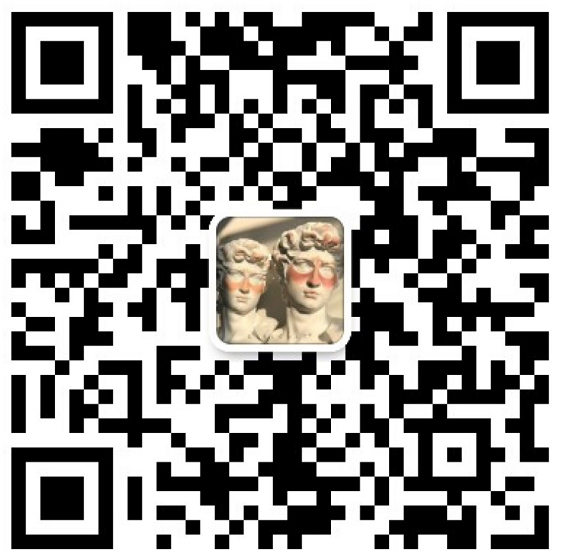Title: Exploring Purchasing Models for the Latest Temperature Sensor Device Components
Introduction (100 words) Temperature sensors are crucial components in various industries, including automotive, healthcare, and manufacturing. As technology advances, the demand for more accurate and efficient temperature sensors continues to grow. This article aims to explore the purchasing models available for the latest temperature sensor device components, providing insights into the options and considerations for businesses and individuals looking to acquire these essential components.
1. Traditional Purchasing Model (200 words) The traditional purchasing model involves direct procurement from manufacturers or authorized distributors. This model offers several advantages, including direct access to the latest temperature sensor components, reliable quality assurance, and technical support. Manufacturers often provide warranties and after-sales services, ensuring customer satisfaction. However, this model may have limitations in terms of pricing, as manufacturers typically set fixed prices, leaving little room for negotiation. Additionally, the traditional model may require bulk purchases, making it less suitable for small-scale buyers or individuals.
2. Online Marketplaces (250 words) The rise of e-commerce has revolutionized the purchasing landscape, offering convenience and accessibility to a wide range of products, including temperature sensor components. Online marketplaces like Amazon, Alibaba, and eBay provide a platform for manufacturers, distributors, and resellers to showcase their products. This model allows buyers to compare prices, read reviews, and choose from a vast selection of temperature sensor components. Online marketplaces also offer competitive pricing due to the presence of multiple sellers, enabling buyers to find the best deals. However, buyers should exercise caution and verify the credibility of sellers to ensure product authenticity and quality.
3. Distributor Networks (250 words) Distributor networks play a crucial role in the supply chain of temperature sensor components. These networks consist of authorized distributors who act as intermediaries between manufacturers and end-users. Distributors offer several advantages, including localized support, technical expertise, and flexible purchasing options. They often maintain a stock of temperature sensor components, allowing for quick delivery and reduced lead times. Distributors may also provide value-added services such as customization, kitting, and inventory management. However, buyers should consider the potential markup in prices due to the distributor's added margin. It is essential to establish a strong relationship with distributors to ensure a reliable supply chain and access to the latest temperature sensor components.
4. Direct from Manufacturer (200 words) For large-scale buyers or businesses with specific requirements, purchasing directly from manufacturers can be a viable option. This model allows for customization, bulk discounts, and direct communication with the manufacturer's technical team. Buying directly from the manufacturer ensures the latest product versions and access to any new features or improvements. However, this model may require significant upfront investments, as manufacturers often have minimum order quantities (MOQs) to meet. Additionally, buyers should consider the potential challenges of managing logistics, quality control, and after-sales support when dealing directly with manufacturers.
5. Subscription-based Models (200 words) In recent years, subscription-based models have emerged as an alternative purchasing option for temperature sensor components. These models offer flexibility and cost-effectiveness, particularly for businesses with fluctuating demand or short-term projects. Subscriptions typically include access to the latest temperature sensor components, regular updates, and technical support. This model allows businesses to allocate their budget more efficiently and avoid large upfront investments. However, buyers should carefully evaluate the terms and conditions of the subscription, including cancellation policies, upgrade options, and compatibility with existing systems.
Conclusion (100 words) The purchasing models for the latest temperature sensor device components have evolved to cater to the diverse needs of buyers. Traditional purchasing from manufacturers or authorized distributors remains a reliable option, offering quality assurance and technical support. Online marketplaces provide convenience and competitive pricing, while distributor networks offer localized support and flexibility. Direct purchasing from manufacturers suits large-scale buyers with specific requirements, while subscription-based models provide cost-effective options for businesses with fluctuating demand. By understanding these purchasing models, businesses and individuals can make informed decisions when acquiring the latest temperature sensor device components.





